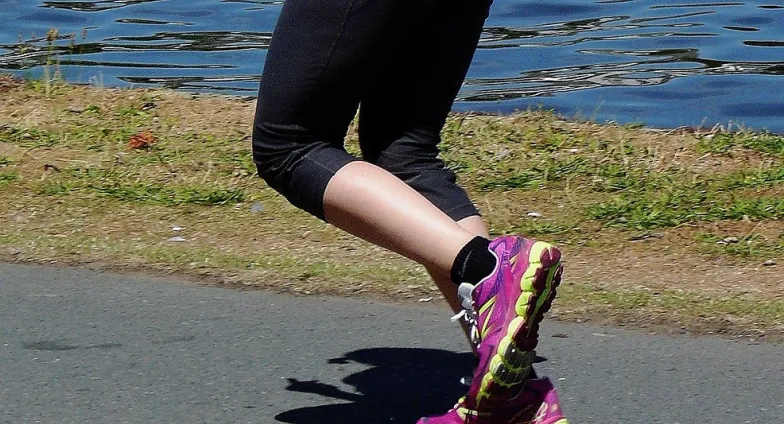Physical Activity
Walk This Way (FN578) Regular physical activity helps protect against cardiovascular disease and its risk factors: hypertension, obesity and diabetes mellitus. It also can reduce risk of osteoporosis, reduce stress and improve sleep and overall mood. This publication shares tips on walking to get fit and stay healthy. It includes a sample walking program.
Walking: Select the Right Shoes (FN603) Walking is a great way to add some physical activity for improved health and well-being.
Stretching Toward Better Health (FN607) Stretching may be done at any time of the day and can involve a great number of exercises. This publication covers types of stretching and includes instruction on how to stretch different muscle groups.
Activities to Promote Healthy Nutrition and Physical Activity Habits Among Children (FN692) Are you looking for hands-on nutrition and fitness activities for your students or club members? Most of the activities in this publication require little time, preparation or equipment. Most can be modified to fit the knowledge and skills of a variety of age groups.
Find Your Balance Between Food and Physical Activity (FN721) Do you consider yourself to be physically active? You probably are more active than you think. According to the MyPlate recommendations at www.ChooseMyPlate.gov, being physically active is “movement of the body that uses energy.” Calories are units of energy. You use up calories when you are active. The more time and intensity you put into an activity, the more calories you burn.
Is Your Playground Safe for Kids? (FN1374) We want our kids to “play hard,” but we want them to play safely, too. Parents and caregivers need to be aware of potential safety issues and what a properly maintained playground looks like. This publication provides information about surfacing materials and safety standards.
Sports Supplements: Play the Game Right (FN1399) An athlete usually needs to increase his/her energy intake compared with the energy used. Athletes also require more water, protein, vitamins and minerals (especially iron and calcium). Before you stock up on these expensive helpers, remember that just eating more nutritious food usually is cheaper and easier.
Face the Facts About Sports Nutrition (FN1401) Increased physical activity increases some of your food needs. Your body requires more energy and water. Food that is eaten before and between events can affect your ability to perform at your best level.
Exercise Your Brain (FN1431) Physical activity helps maintain good blood flow to the brain. The Dietary Guidelines for Americans recommend that most adults get 30 minutes of moderate activity most days, preferably every day. Short segments of physical activity (such as three 10-minute walks) count toward the goal. Stimulate your brain by adding variety to your activities. Try a new activity, alternate activities throughout the week or take a new route when you walk or jog. Routine activities don’t challenge your brain, so mix it up a little.
Play Hard! Get Your Physical Activity (FN1437) Physical activity helps build and maintain a strong body. Be active every day! Kids need 60 minutes of physical activity most days of the week. Adults need at least 30 minutes of physical activity to stay healthy.
The Scoop on Snow Shoveling Safety (FN1518) About 15 minutes of snow shoveling counts as moderate physical activity, but caution is necessary. This publication provides heart-healthy and back-friendly tips when shoveling snow.
Nutrition and Fitness: Eat Smart Play Hard (FN1813) You are many things. You are a muscle mover, blood pumper, thinker, calorie burner and nutrient user. You are all these things and much more! You're a walking, talking, munching, crunching person. You are on the move.
Why Should I Exercise? (FN2127) Regular physical activity, especially aerobic activity, is one of the most important ways to improve your health.

